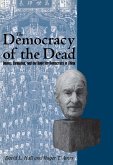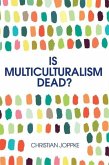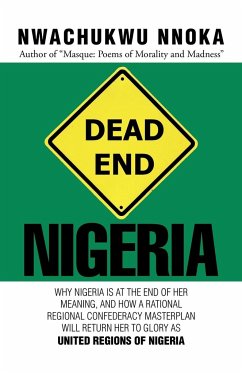Cimbala argues that nuclear complacency is based on a misreading of history and on unsound political and military analysis. The stability factors built into the Cold War international system are now missing. The spread of nuclear weapons after the Cold War moved toward regional actors outside of Europe, some with religious or national scores to settle. Technology transfer of ballistic missiles and other delivery systems for weapons of mass destruction, including biological and chemical as well as nuclear weapons, brings the danger of nuclear eruption closer to reality. Finally, the mechanism of deterrence that seemed so dependable as a means of war prevention from 1947 to 1991 only seems so by virtue of nostalgia. The early decades of the Cold War were made somewhat unpredictable by uncertain U.S.-Soviet political relations, by nuclear force building based on worst-case estimates, and by rickety command and control systems that could have failed both sides in a crisis. The Soviets and Americans gradually improved their relationship and stabilized Cold War competition, including nuclear rivalry, but they had more than 40 years to practice and no immediate territorial disputes. As Cimbala makes clear, it cannot be assumed that the Soviet-American nonbelligerence of the Cold War is transferable into a multipolar, post-Cold War international system marked by spreading weapons and trigger-sensitive control systems. This provocative analysis will be of interest to all scholars, students, and policy makers involved with defense, security, and foreign policy studies.








